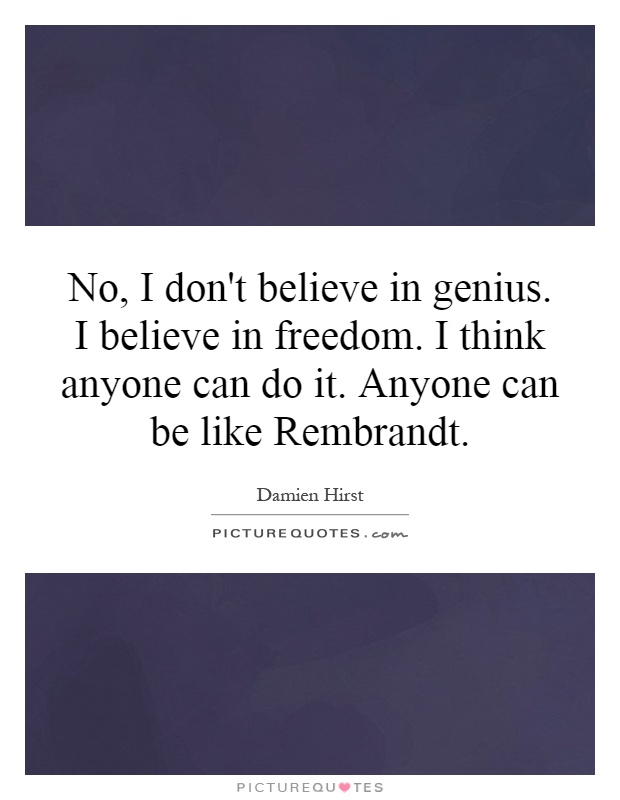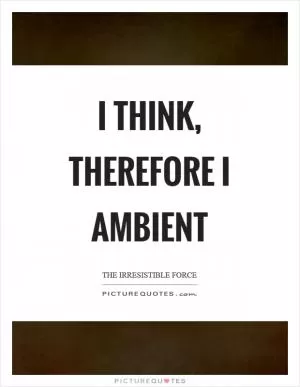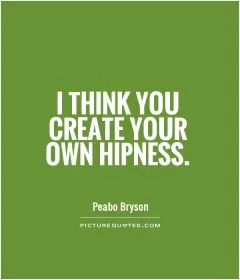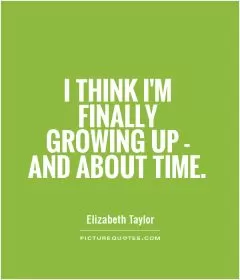No, I don't believe in genius. I believe in freedom. I think anyone can do it. Anyone can be like Rembrandt

No, I don't believe in genius. I believe in freedom. I think anyone can do it. Anyone can be like Rembrandt
Damien Hirst, a controversial and polarizing figure in the art world, has often been compared to the likes of Rembrandt, one of the greatest painters in history. Hirst's unconventional approach to art, which often involves using unconventional materials and controversial subject matter, has led some to question whether he possesses a unique genius or if his success is simply a result of his freedom to create without boundaries.Hirst himself has expressed a belief in the power of freedom in art, stating, "No, I don't believe in genius. I believe in freedom. I think anyone can do it. Anyone can be like Rembrandt." This statement reflects Hirst's belief that artistic talent is not limited to a select few individuals, but rather is something that anyone can cultivate through the freedom to explore and experiment with their creativity.
Hirst's own career is a testament to the idea that artistic success is not necessarily tied to traditional notions of genius. His early works, such as his famous series of preserved animals in formaldehyde, shocked and intrigued audiences, leading to his rise to fame in the 1990s. While some critics dismissed his work as gimmicky or lacking in substance, others praised his ability to challenge conventional ideas about art and beauty.
Like Rembrandt, Hirst's work often delves into themes of life, death, and the human condition. His iconic "Spot Paintings," which consist of rows of colored dots meticulously arranged on canvas, have been interpreted as meditations on the passage of time and the fragility of existence. Similarly, his series of "Butterfly Paintings," which feature real butterflies arranged in intricate patterns, explore themes of beauty, decay, and transformation.












 Friendship Quotes
Friendship Quotes Love Quotes
Love Quotes Life Quotes
Life Quotes Funny Quotes
Funny Quotes Motivational Quotes
Motivational Quotes Inspirational Quotes
Inspirational Quotes